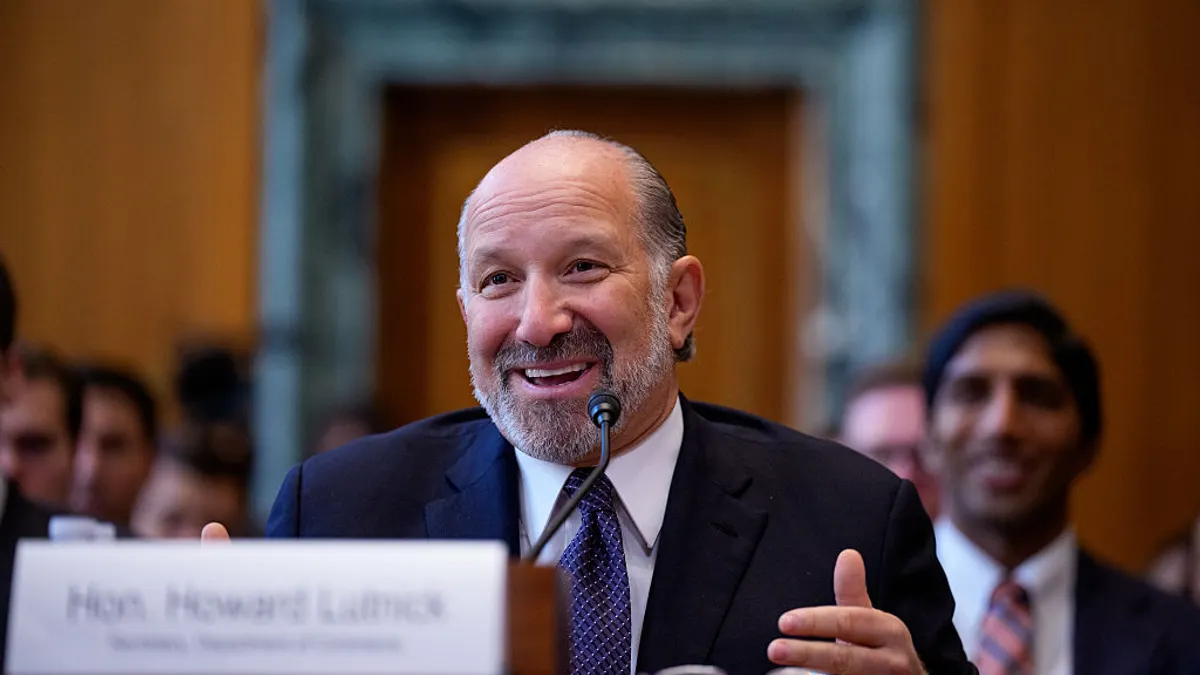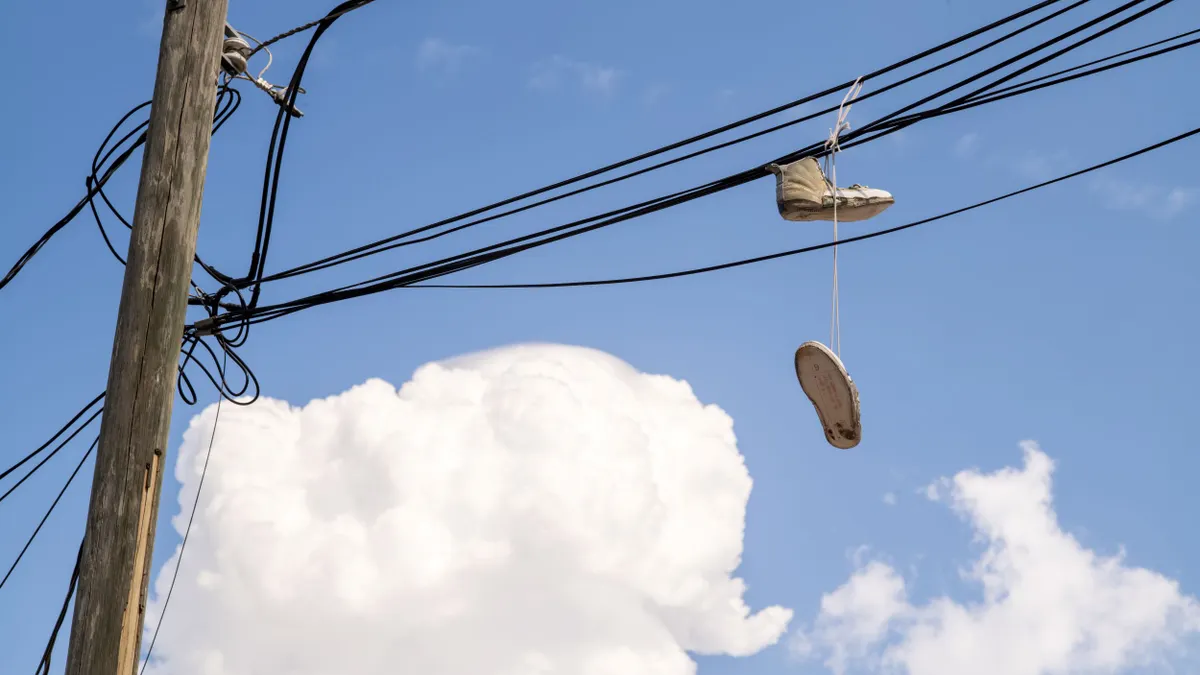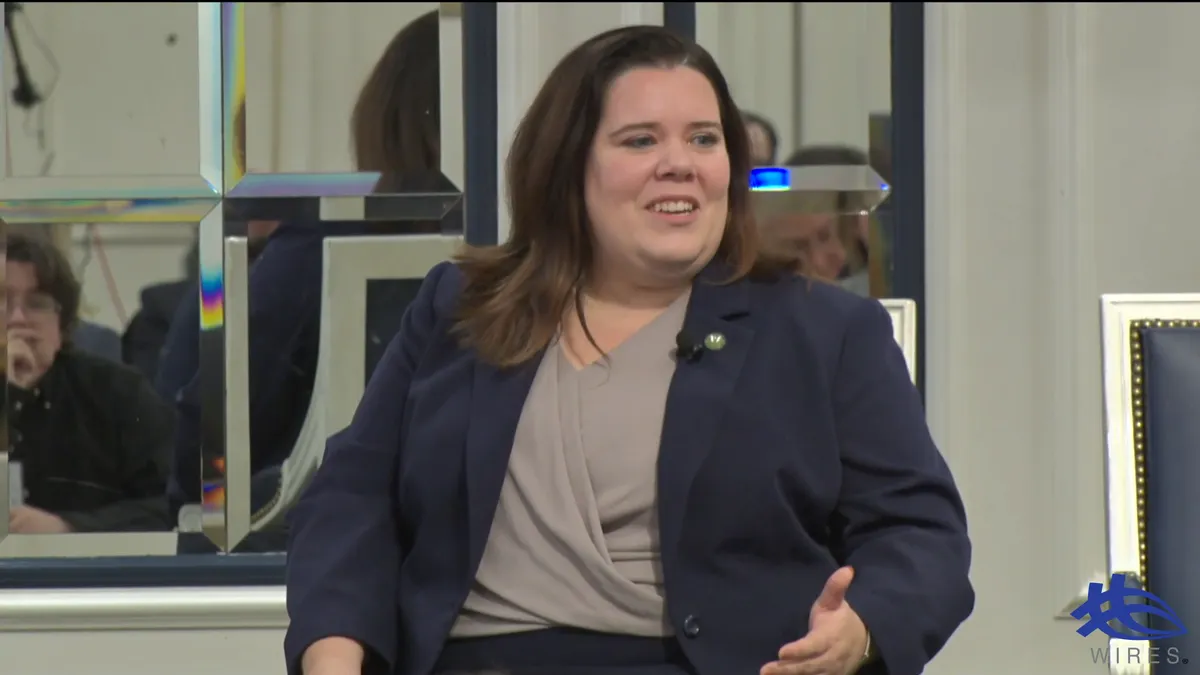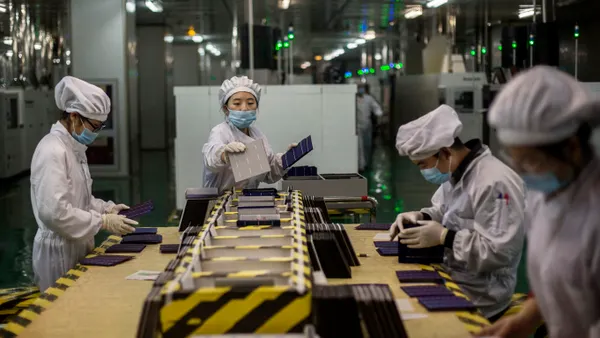Upstart utility holding company Twenty First Century Utilities made its case to own an electric utility in Hawaii on Thursday, proposing a novel investor-owned business model.
Last year, the Hawaii state government funded a study to assess which electric utility ownership model — investor, cooperative or municipal — is most appropriate for the state.
Cheryl Roberto, a former Ohio regulator and partner at TFC, told an audience at the Maui Energy Conference there may be a fourth model that would work for the islands.
“That would be ownership by a small consortium of investors who have long-term, patient capital,” she said. “Folks who are looking for returns over decades, who will commit themselves to a benefit corporation structure.”
That B-corp utility, Roberto said, would act as an “integrator” for a variety of distributed energy resources and services, similar to the utility role envisioned under New York’s Reforming the Energy Vision docket.
“The role of this electric utility going forward is actually creating a marketplace for all of these third party vendors to match up with customers who are interested in their projects and services … and once they do, provide them the capital to make those investments,” she said.
“The role of this electric utility going forward is actually creating a marketplace for all of these third party vendors to match up with customers who are interested in their projects and services … and once they do, provide them the capital to make those investments,”

Cheryl Roberto
Partner at Twenty First Century Utilities
Roberto refused to characterize her comments as a direct pitch to own Hawaiian Electric Utilities, the parent company of the state’s dominant utilities.
“I think Hawaii is a fascinating place with great renewables and it would be exciting to try this model here,” she said in an interview after her panel appearance. “But this model isn’t built for Hawaii exclusively.”
TFC, however, has been active in the state for months, talking with community groups and energy stakeholders about a potential acquisition, according to stakeholders. Whether or not the company intended Roberto’s appearance to be a pitch, that’s largely how it was received by stakeholders in the audience.
“They’ve been in Hawaii for a year or so,” said Henry Curtis, executive director of environmental group Life of the Land and a veteran intervenor in regulatory dockets. “This is the first public pronouncement, so you could say it’s a pitch … they’re floating an idea to see what sticks.”
Curtis’ sentiment was reflected by officials from HEI and staffers at the Public Utilities Commission, who viewed the business model presentation as an implicit case for TFC utility ownership in Hawaii.
TFC says it has not made an offer to acquire HEI, but last year, the company’s CEO said it plans to make an acquisition proposal for a “moderate-sized” utility in 2017. If one materializes, it could give Hawaii and other states a new alternative to the traditional investor-owned business model — if TFC can convince regulators it’s ready for prime time.
The TFC model
Based in Washington, D.C., Twenty First Century Utilities describes itself as a “partner-owned utility holding company.”
“The idea is curating somewhere on the order of six, eight or ten investors that have what we call ‘patient capital’ — the understanding that they want to invest money and get fair returns, but over decades and not quarters,” Roberto said.
The investors TFC targets are “who you’d expect,” she said, including family foundations, sovereign wealth and pension funds.
TFC does not own any utilities at this point; its one big move was buying DER startup GridPoint in 2015. But the company said in September it was in “advanced discussions” to acquire utilities with a market cap between $1 billion and $8 billion.
Should that happen, TFC envisions positioning its utilities as impartial integrators of DERs and energy services. The utility would set up a marketplace to connect vendors with customers who could then leverage utility capital to finance the energy services on their power bills.
A customer shopping for a more efficient refrigerator, for instance, could purchase one through the utility marketplace and then pay it off over time through the savings on monthly power bills.
“Right off the bat you receive those benefits of a lower bill,” said Ken Floyd, TFC partner for customer programs. "And with the other half [of the savings] you're going to pay off that asset.”
That model is similar to pay-as-you-save programs run by a number of electric cooperatives for energy efficiency upgrades, Roberto said. But instead of limiting it to a few offerings, the utility's role would be to “provide the widest selection of alternatives that meet the customer's needs.”
“This does not displace anything else going on,” with DER vendors or their customers, Roberto emphasized. “This only adds to the opportunities that customers have for energy savings or storage.”
‘Million rate bases’
The capital to finance these behind-the-meter utility investments already exists today, Floyd said, but “utilities are focused on deploying central station capital for the most part.”
“We're trying to take that capital and democratize it across the customer base...every customer no matter your credit score is, you have access to this capital and you pay whatever the utility pays for the capital.”

Ken Floyd
Partner of customer programs for Twenty First Century Utilities
Just as utilities typically earn a regulated rate of return on investments in the bulk power system, TFC envisions rate-basing the individual DER investments customers choose to make through their market portal.
“The idea is you have your general rate base … and there's this opportunity for a customized tariff where [individual consumers] create their very own rate base on their meter,” Roberto said. “On that rate base the utility gets the same weighted average cost of capital that you earn whether it's a substation, a pole a wire or whatever.”
“That one customer will pay back the investment to the utility,” she said, “but only that customer pays, and it will only be on that meter that it's rate based … in fact, we call it million rate bases.”
That goal would likely require state regulatory changes, Roberto acknowledged. In nearly all states, utilities are prohibited from making direct investments behind the meter, and no utility has yet proposed the individualized rate-basing model TFC advocates.
Even so, Roberto expressed confidence that the strategy could pass muster with regulators in Hawaii and elsewhere.
“The regulators would have to believe there was value in this construct,” Roberto said. “I don't think it's a huge stretch. I've spent the last year talking with regulators and i haven't found one of them that thinks it's a bridge too far to figure out how to get it done.”
First acquisition hurdles
The energy stakeholder audience in Maui was clearly captivated by TFC’s novel form of utility ownership, particularly in the wake of NextEra’s failed acquisition bid for HEI, which was rejected by regulators in July of last year.
Curtis, who also runs the renewable energy blog Ililani Media, said TFC’s Hawaii courtship has been markedly different than HEI’s last suitor.
Throughout the conference, TFC officials were seen meeting with senior leadership from HEI and the governor's office, “but prior to this they were only talking to the community,” Curtis said, “so they went the reverse way of NextEra.”
NextEra’s strategy, Curtis recalled, was “we met with HECO, made a secret deal with them, and now we’re trying to the public.” TFC, by contrast, “went the other route, so this is sort of the end, where they’re now talking to the utility in front of the PUC staff.”
That community outreach could bode well for TFC if it does make an offer for HEI, as NextEra’s perceived lack of engagement cost it public support throughout its two-year merger proceeding.
But even with the public behind it, TFC would likely face a high burden to prove to regulators in Hawaii or elsewhere that it is ready to control an electric utility. The company still has no physical assets, making the argument that it is ready to be responsible for electric reliability a difficult one.
But even with the public behind it, TFC would likely face a high burden to prove to regulators in Hawaii or elsewhere that it is ready to control an electric utility.

When asked about their acquisition strategy, Roberto and Floyd indicated they thought the question was premature.
“We'll come back and talk to you about it when we're ready to make an offer,” Roberto said




















